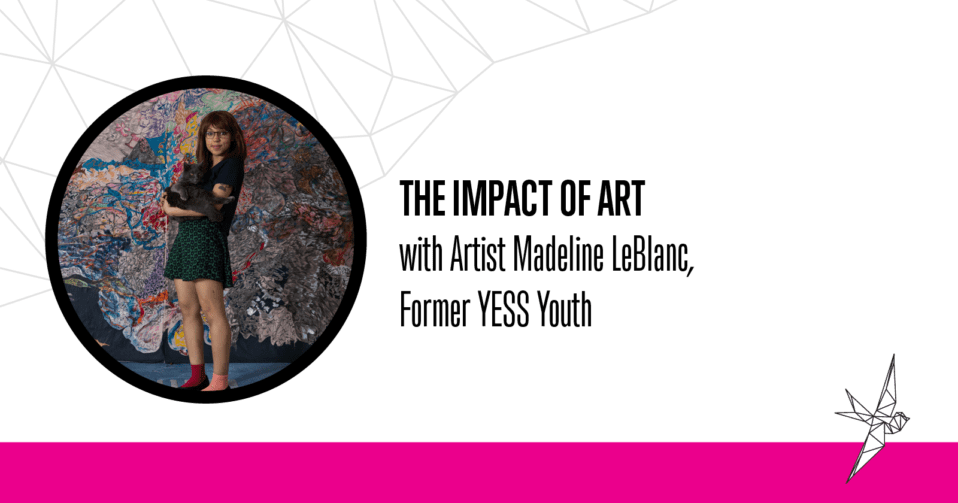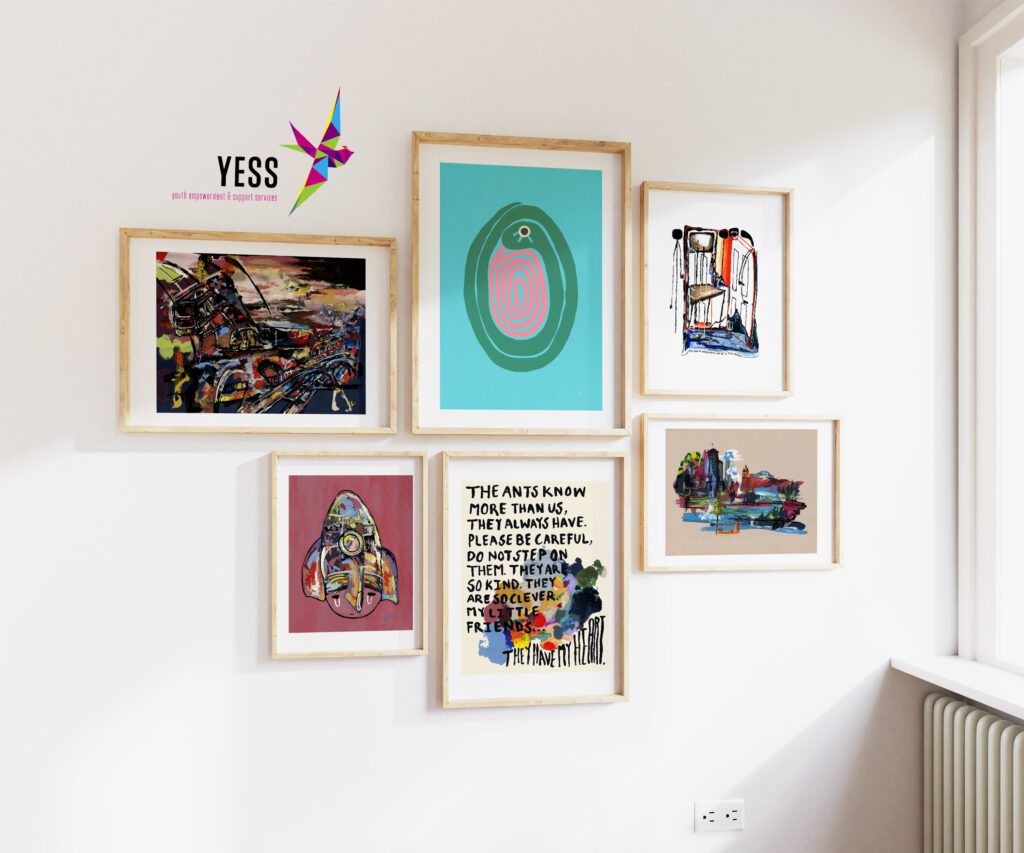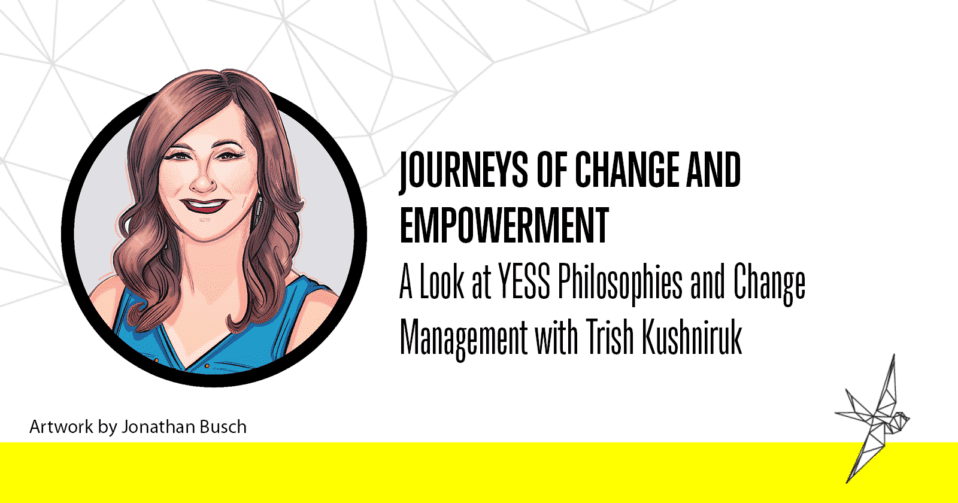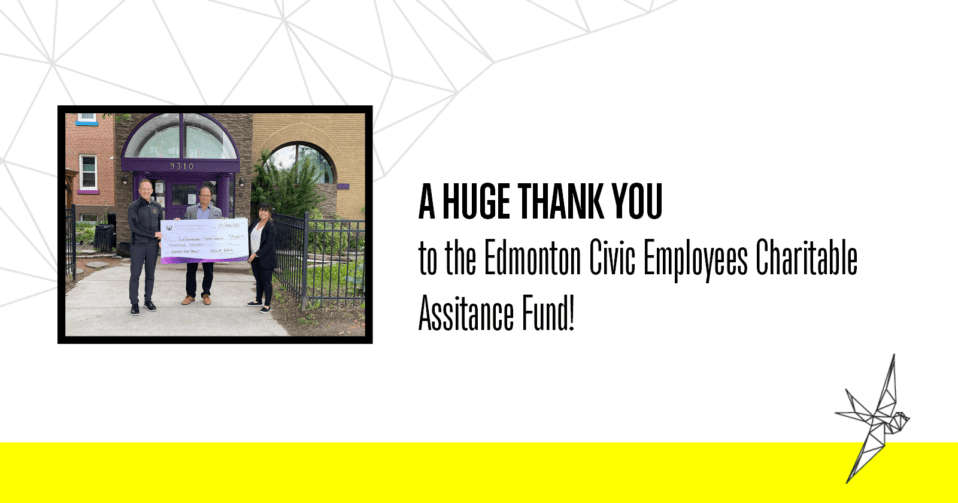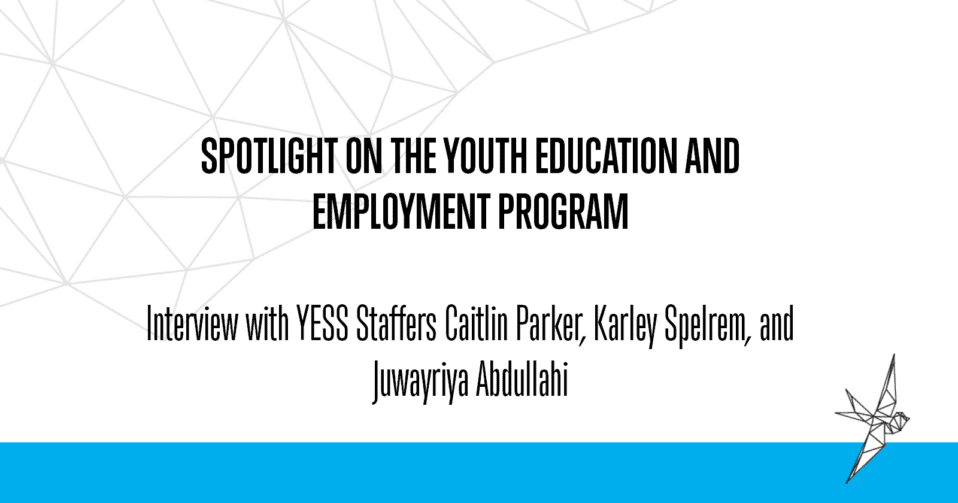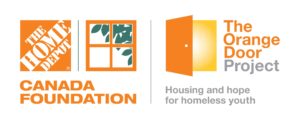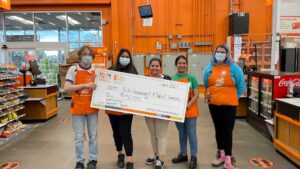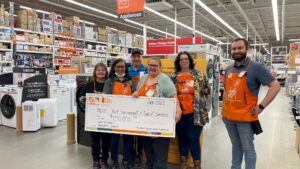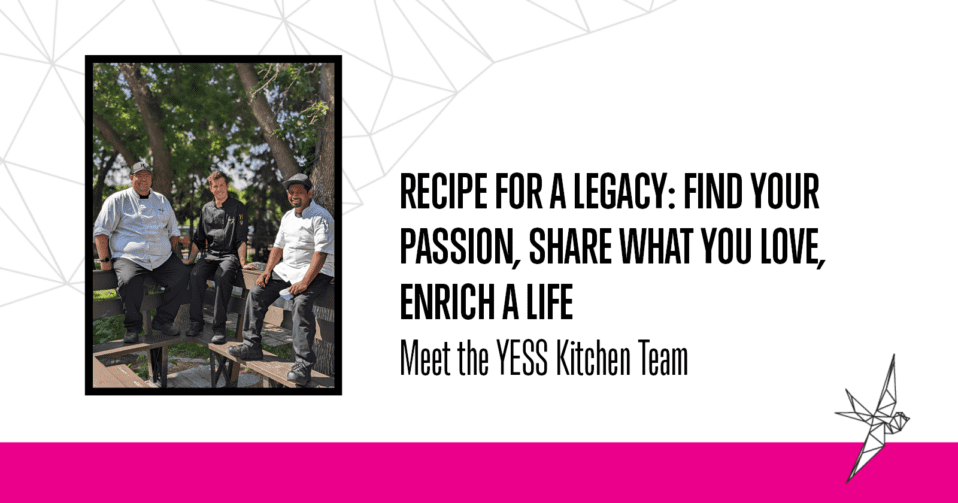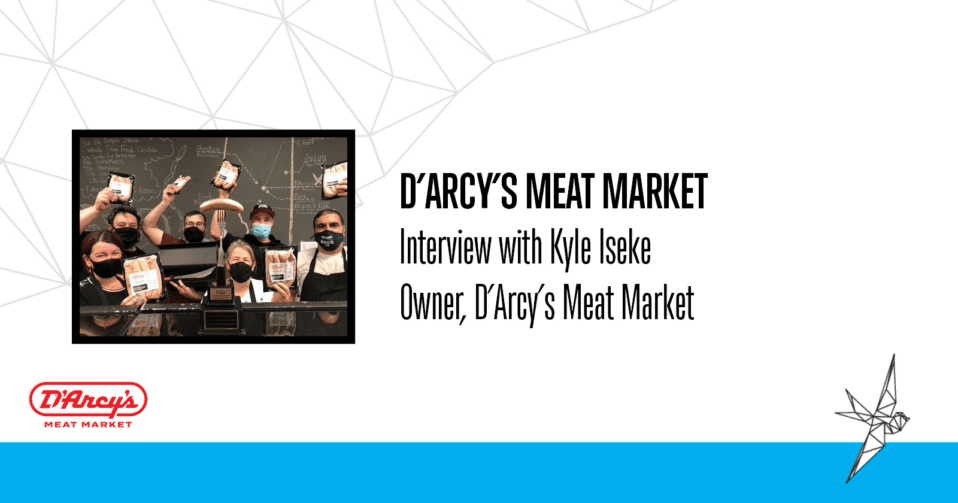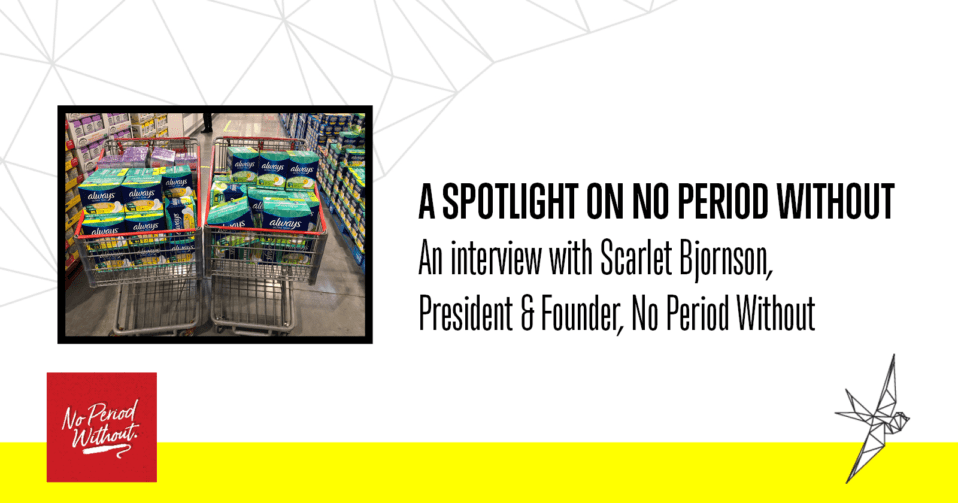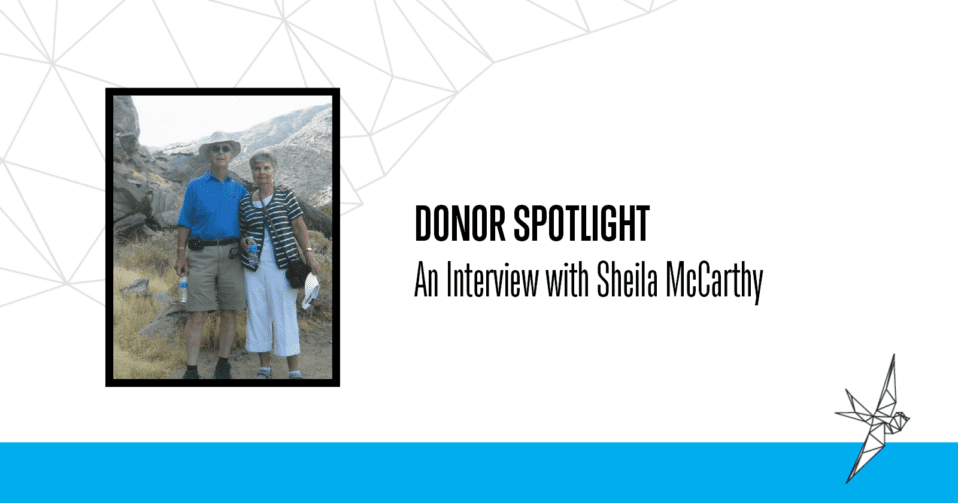Madeline LeBlanc (b.1998) is a playful artist whose practice consists of drawing, dress-up, film, and painting. Creating in the spur of the moment is how she likes to work best. Her mission as an artist is to create good art that invokes a sense of play, curiosity, nostalgia, or wonder. She creates work from commonly found materials (e.g. bedsheets, pencils, common craft paint, etc.) addressing issues of affordability and exclusiveness in the art world.
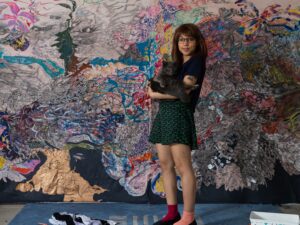
Photo courtesy of Madeline LeBlanc
Madeline has exhibited her work at The Art Gallery of Alberta, The Works International Art & Design Festival, Latitude 53, and various arts organisations.
She was awarded a full-tuition scholarship to attend Mason Gross School of Arts BFA program at Rutgers University (New Jersey, USA) by American painter Marc Handleman and is a 2022 nominee for the Canadian Sobey Art Award by the University of Alberta Art and Design Department, Aiden Rowe.
What was your experience on your journey from art classes at ARC to professional artist?
The journey has been a series of unexpected twists and turns (in the best way!). Having my start with art through YESS prepared me for the realness of being an artist as I created with and apprenticed the practice of the YESS artist-in-residence [at the time], Allison Tunis.
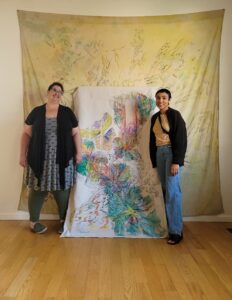
Allison Tunis (left) and Madeline LeBlanc (right) in front of Madeline’s painting which will be hand-embroidered by Allison in a collaboration for Allison’s “Untitled Chronic Illness Project 2021-22
Allison and I had many conversations about art over workshops she held at the Armoury. Learning about her experience from being an art grad to slowly becoming a full-time artist was valuable because I got to learn the ins-and-outs of how to successfully pursue art as a career. Allison taught me how to write art applications and through her I became aware of art organisations in the city. I was lucky to have my first art show with YESS and grateful for the opportunity to take professional art courses through the YESS scholarship program. These opportunities gave me the confidence to be independent.
I do not think I would have had an opportunity of stability and resources in my life to practice art had it not been for YESS. Pursuing art at YESS was meaningful because I got to learn to be myself. I felt a level of support and encouragement that I had not experienced before. The opportunity to be something more than I was came with having access to daily meals, shelter, art supplies, and the direction of Allison and the team.
What is one thing you wish the community knew about youth who access YESS?
There’s a lot of hope.
I think that sometimes when I tell people that I stayed at YESS they feel sorry for me; although, I don’t look at my time there like that. To me I have a better life because I stayed at YESS. It wasn’t a “step-down” it was a steppingstone to me being able to create a better life. I had a team of people believing in me and cheering me on. I’m thankful for the experience.
What’s in store for the future?
Curtains! I am working on creating my own line of homeware goods. Turning my artwork into curtains, pillows, duvets, colouring books, and wall art. I’m in the middle of prototyping fabrics and designs. It is fun reimagining how my art is interacted with by giving it a function “off- the-wall” so to speak.
Madeline’s work with curtains and a mock-up of duvet design “Lita”
| We are excited to share the announcement of a limited-edition art print release from former YESS youth, Madi LeBlanc, who has chosen to partner with YESS for a percentage of proceeds from this sale! This partnership not only supports the valuable work that YESS does for the community, but also showcases the talent and creativity of Madi.
The art prints being released feature original artwork created by Madi while she stayed at YESS, showcasing the power of art as a form of healing and self expression. By purchasing one of these limited-edition prints, you not only receive a unique work of art, but also contribute to the ongoing support and empowerment of our youth with proceeds going to both YESS programming and Madi. There are six prints to choose from printed in a run of ten copies. Each artwork is printed on archival watercolor paper, hand signed by Madi, and contains a certificate of authenticity. Join us in supporting Madi and the youth who currently access YESS programming by purchasing one of these exclusive prints. Portfolio | madelineleblanc.com Shop | makingmadi.com Instagram | @makingmadi LinkedIn | Madeline LeBlanc
|

